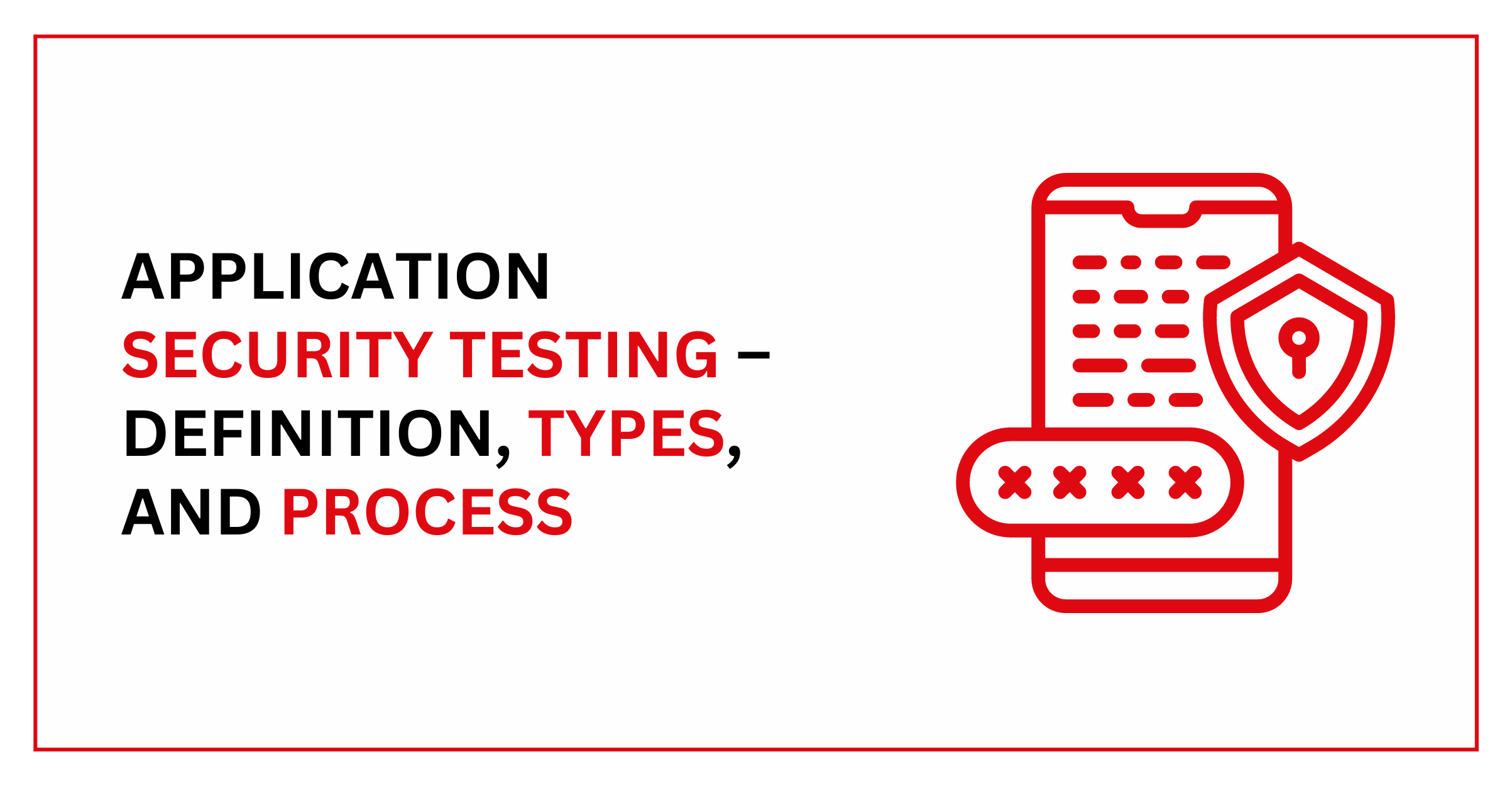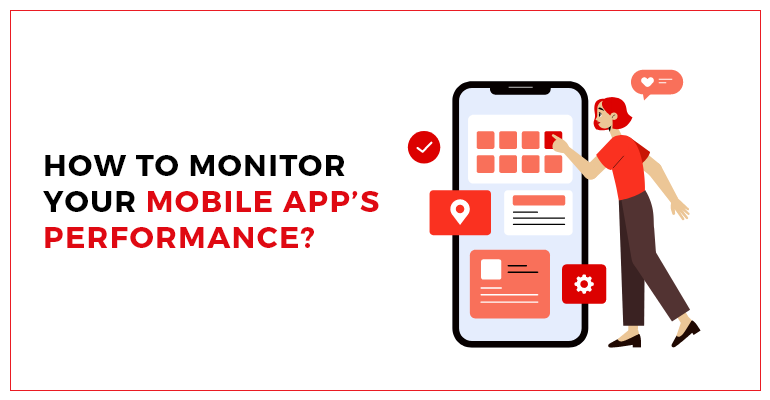APPLICATION SECURITY TESTING – DEFINITION, TYPES, AND PROCESS
April 13, 2023
Samantha Jones
Application Testing
Technology is advancing faster, and it is mandatory to have an impact through any web or app sources for promoting a brand. The development process is incomplete without adequate testing, as apps may have issues and pose severe security threats. Application testing involves testing an app for various capabilities, including compatibility, functionality, and security.
TechnBrains features an article on the differences between web and mobile app testing. Apps are the new front for many businesses. Therefore, we will discuss mobile application testing. There are many types of mobile application testing based on the purpose of testing. The following are the most common types.
- Functional Testing
- Interruption Testing
- Speed Testing
- Usability Testing
- Performance Testing
- Security Testing
We will discuss the types of application security testing and its process.
APPLICATION SECURITY TESTING
Companies prevent attacks on system data, user information, and functionality through application security testing. It refers to testing an app or website for redundancies, loopholes, and vulnerabilities that threaten the system. Web application security testing refers to finding security flaws in a webpage, while mobile app security testing ensures the security of a mobile app.
To test different app areas, professionals like TechnBrains use multiple tools and techniques after determining the suitable types of testing. The tools help in deriving bias-less results with higher accuracy. Security testing finally enables the improvement of all aspects of an app for strength.
TYPES OF APPLICATION SECURITY TESTING
1. Threat Analysis
The first step in testing is to analyze the threats external to the app. It involves testing the user credential information, app data, and interaction with third-party apps. The threats that an app faces can be of various natures. Creation of logs for security credentials, phishing crucial app data, and having malware in interfaces are all types of threats and need analysis for prevention.
2. Vulnerability Analysis
Sometimes, the app may behave differently due to bugs, issues, or malfunctions. It may also result from conflicting elements in hybrid apps. Vulnerability analysis helps track issues internal to the app and may arise from the code or app interfaces.
3. Ethical Hacking
The best way to prevent your app and data from hackers is to hire one – an ethical one. Ethical hackers think of innovative ways to gain access to app databases and instances for highlighting the weaknesses in an app. Businesses hire them to test their digital privacy and app security. They help in improving app security and contribute to preventing real hacking attempts.
4. Analyzing Permissions and Interfaces
Too many apps face vulnerabilities due to granting group permissions and interfaces with malware code. Both of these app areas need thorough analysis for security measures. App permissions requiring unnecessary access may need testing for vulnerabilities and loopholes. Likewise, interfaces that share information in an app might contain malware or data leaks that may harm data security.
5. Static Application Security Testing (SAST)
It involves reviewing and testing the code and structure of an app without executing the code. Static testing looks for app features, functions, and API vulnerabilities. Following standards in coding and using no-code or low-code environments may reduce such vulnerabilities in an app.
6. Dynamic Application Security Testing (DAST)
It tests the app’s security when running and in use. Dynamic testing focuses on access control, encryption of data, and the app’s defenses against issues or security attacks. Following the best practices in app interfaces and processes may lead to lesser weaknesses in an app.
7. Interactive Application Security Testing (IAST)
The hybrid approach combines the benefits of SAST and DAST. It places an analytic tool that can analyze the code when the app is in production and checks the vital information when it runs. Interactive testing enables companies like TechnBrains to check the code, app processes, back-end connection, etc.
8. Run-time Application Security Protection (RASP)
RASP is way more than a testing approach. It is a tool that checks the app’s security at run-time using its analytic and resolution mechanisms. It automatically terminates attacker sessions, saving the app from data theft and security concerns.
THE APPLICATION SECURITY TESTING PROCESS
1. Preparation
The first step is preparing for the test by defining the target audience and imitating realistic data to test different cases. Preparation also covers the questions on the testing environment, execution tools, and results that serve your testing objective.
2. Selection of Testing Types
It requires selecting the suitable types of testing that serve your testing objective. Combining testing types may bring versatile results but avoid randomness and align the security testing activity according to goals.
3. Test Cases
Defining test cases means preparing the events and procedures we want to examine. It helps in determining the probable user behavior in case of security risks. Factors like user demographics, variety of devices, operating system versions, etc., must be similar to the audience.
4. Test Environment
Imitating the test environment for matching with the real environment is crucial. It helps in inspecting the app’s behavior by counting in several factors. These factors include weaker networks, low battery, or ram consumption to imitate a real environment where the app must perform without compromising security.
5. Execution
Test cases and test environment are ready. Execute the testing activities and use measurable analytics to gather data at different intervals. This data will help obtain meaningful results and key insights into the app’s security level.
6. Analyze Results
Once you have the results, you can compare them to industry benchmarks and competitive assessments. Performance and security issues that need further development work must route to the development team. Hire the expertise of TechnBrains to improve the app to make up for the security results.
CONCLUSION
Application security testing is one of the many testing activities an app frequently requires. Security risks can become the biggest nightmare as they cause billions of losses annually across different industries. A company must lay out a proper security policy with guidelines on daily tasks and prepare orderly responses to security breaches. It must also hire proper security professionals.
TechnBrains has a remarkable experience in web and app development and a commitment to serving innovative, solid, and sustainable growth. Businesses can boost their growth potential by selecting the right types of testing and following the procedure employing best practices.





